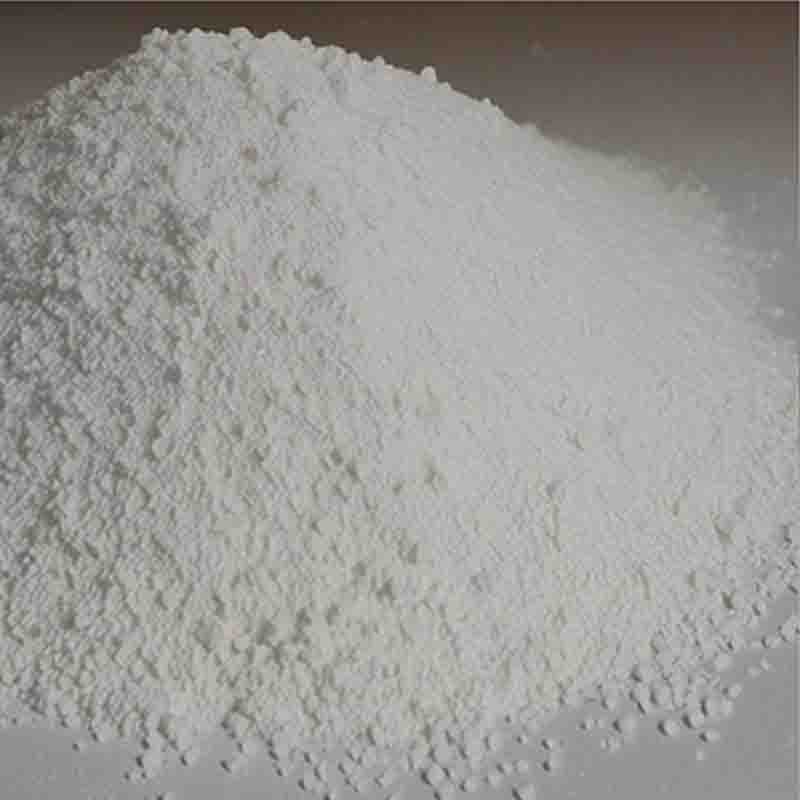Bis(acetonitrile)dichloropalladium(II) CAS: 14592-56-4
| Catalog Number | XD94393 |
| Product Name | Bis(acetonitrile)dichloropalladium(II) |
| CAS | 14592-56-4 |
| Molecular Formula | C4H6Cl2N2Pd |
| Molecular Weight | 259.43 |
| Storage Details | Ambient |
Product Specification
| Appearance | White powder |
| Assay | 99% min |
Bis(acetonitrile)dichloropalladium(II), often referred to as Pd(CH3CN)2Cl2, is another widely used organometallic complex in catalytic reactions. This compound consists of a palladium atom coordinated with two acetonitrile (CH3CN) ligands and two chloride ions.One of the primary applications of Pd(CH3CN)2Cl2 is in coupling reactions, especially in the Heck reaction. The Heck reaction involves the coupling of an alkene (or vinyl) with an aryl or vinyl halide, resulting in the formation of a carbon-carbon bond. This transformation is of great importance in the synthesis of pharmaceuticals, agrochemicals, and fine chemicals.Pd(CH3CN)2Cl2 possesses several features that make it an effective catalyst in various coupling reactions. The acetonitrile ligands serve as strong electron donors, stabilizing the palladium center and enhancing its catalytic activity. The chloride ions, similarly to Pd(PPh3)2Cl2, can act as halogen abstraction agents, facilitating the formation of active palladium species necessary for the reaction. The presence of acetonitrile ligands also contributes to the solubility of the compound in organic solvents, allowing for easy handling and accessibility in catalytic reactions.Furthermore, like its counterpart Pd(PPh3)2Cl2, Pd(CH3CN)2Cl2 can be modified with different ligands to optimize its catalytic properties. For instance, the substitution of acetonitrile ligands with other phosphine or amine ligands can significantly influence the selectivity and efficiency of the catalytic process. This flexibility allows chemists to tailor the catalyst to specific reactions and achieve desired outcomes.In addition to the Heck reaction, Pd(CH3CN)2Cl2 is also employed in other coupling reactions like the Sonogashira reaction and the Buchwald-Hartwig amination. These transformations allow for the synthesis of a wide range of complex organic molecules.However, it is important to consider some limitations when working with Pd(CH3CN)2Cl2. It may exhibit reduced activity in certain reactions compared to other palladium catalysts. Additionally, the acetonitrile ligands can be displaced by other nucleophiles, such as amines or thiols, leading to deactivated catalyst species. Hence, careful optimization of reaction conditions, ligand choice, and solvent selection is crucial to ensure optimal catalytic performance.In conclusion, Bis(acetonitrile)dichloropalladium(II) (Pd(CH3CN)2Cl2) is a valuable catalyst in coupling reactions. Its coordination with acetonitrile ligands and chloride ions provides stability and reactivity. The ability to modify the ligand environment allows for fine-tuning of its catalytic properties. Pd(CH3CN)2Cl2 has found extensive use in various coupling reactions, enabling the formation of carbon-carbon bonds and facilitating the synthesis of intricate organic molecules.






![2-{[(3aR,4S,6R,6aS)-6-Amino-2,2-dimethyltetrahydro-3aH-cyclopenta[d][1,3]dioxol-4-yl]oxy}ethanol (2R,3R)-2,3-dihydroxysuccinate CAS: 376608-65-0](https://cdn.globalso.com/xdbiochems/白色粉末1363.jpg)


